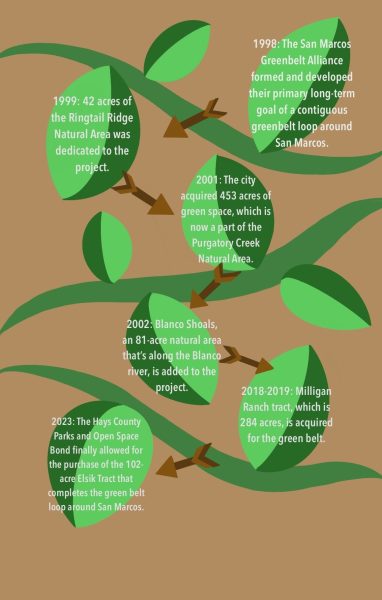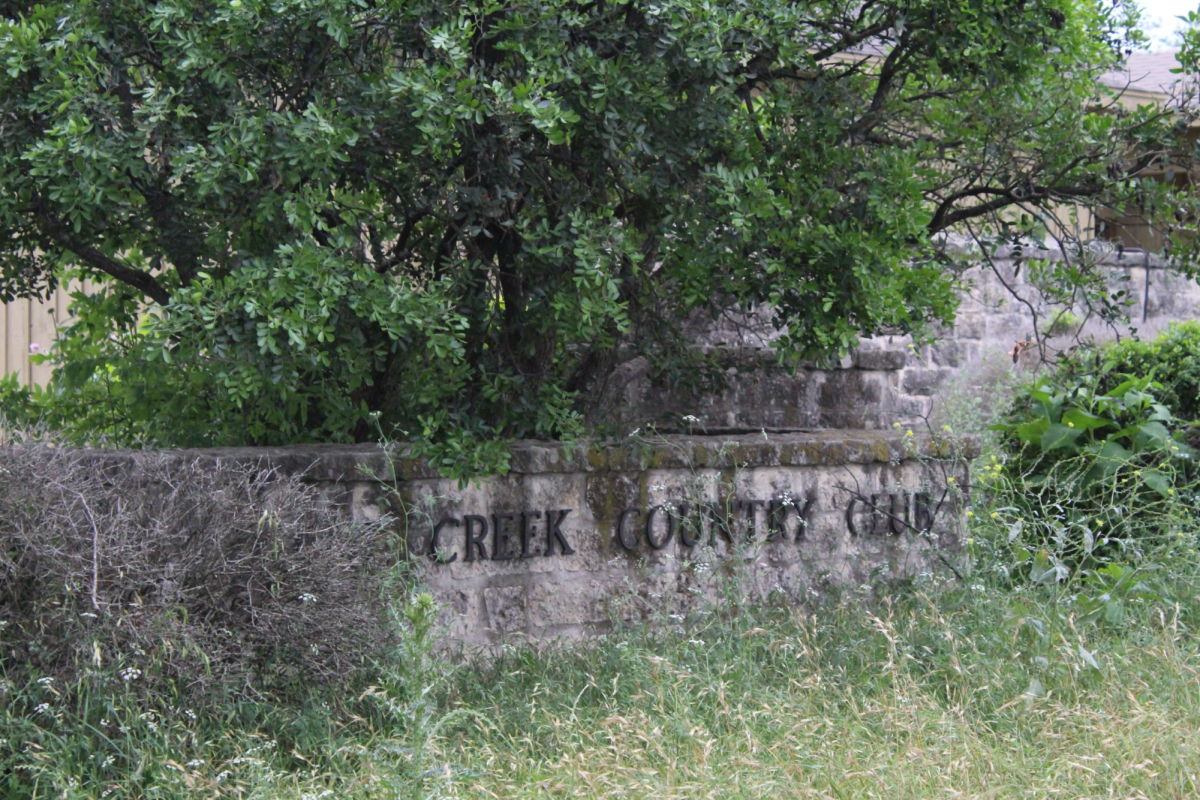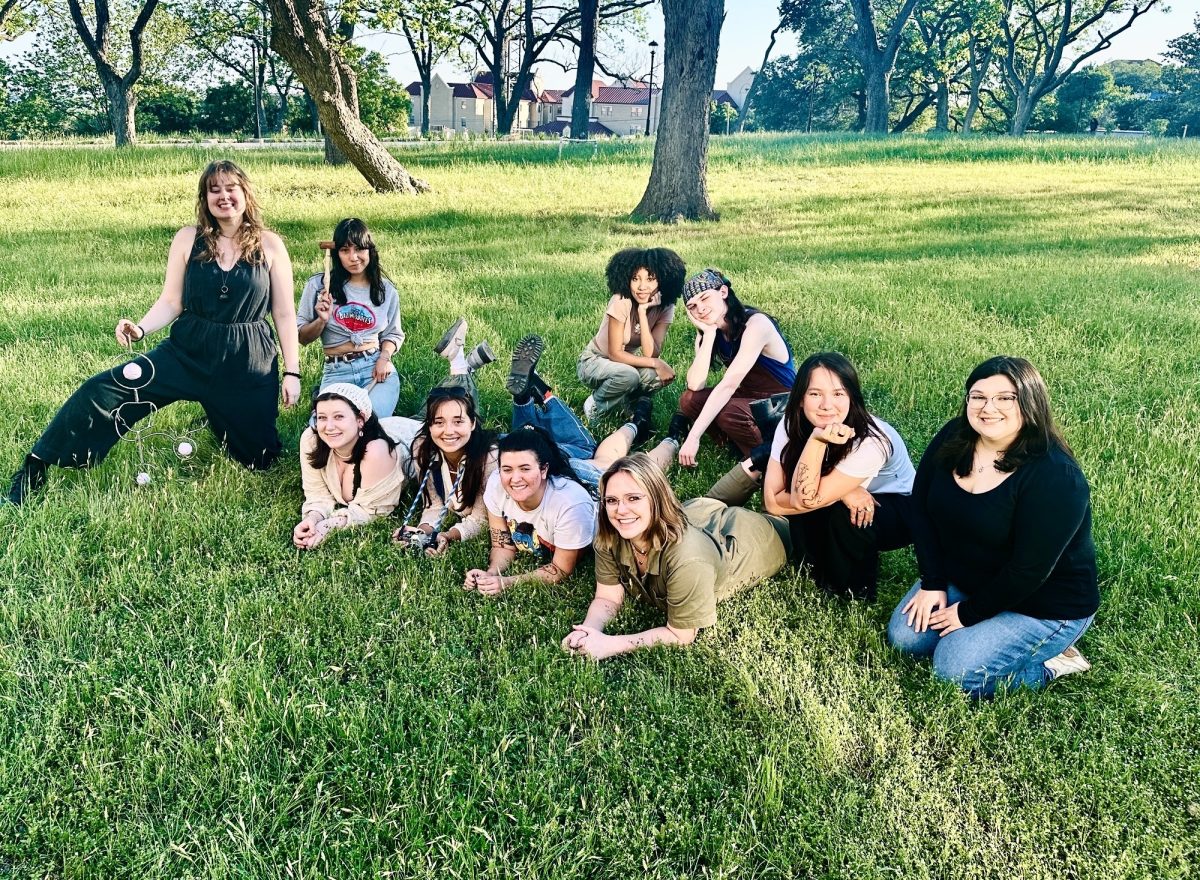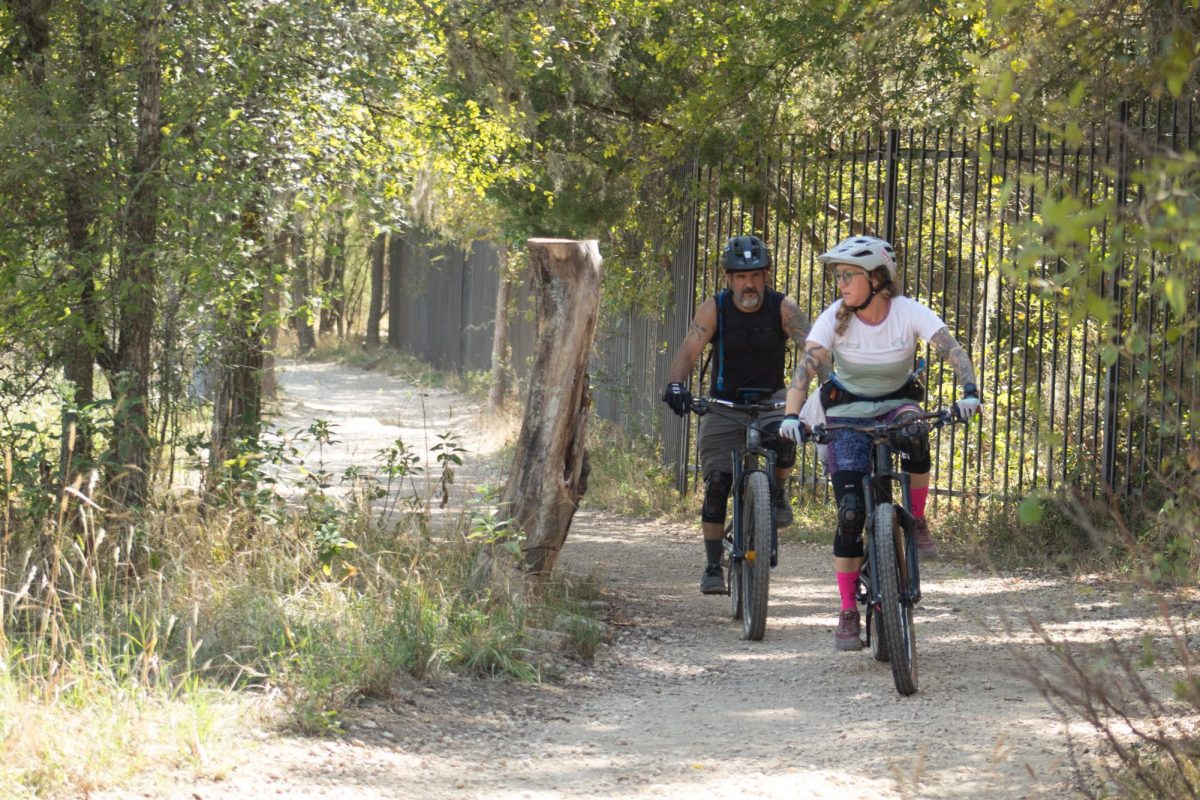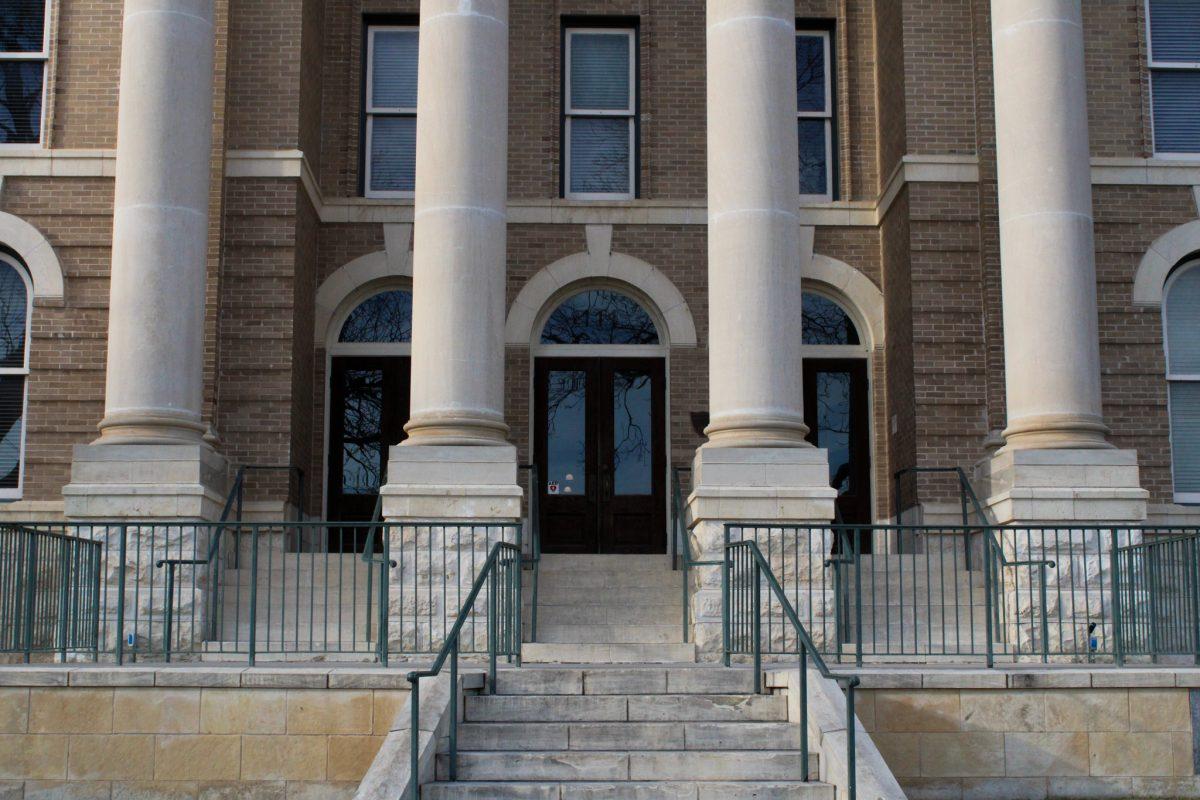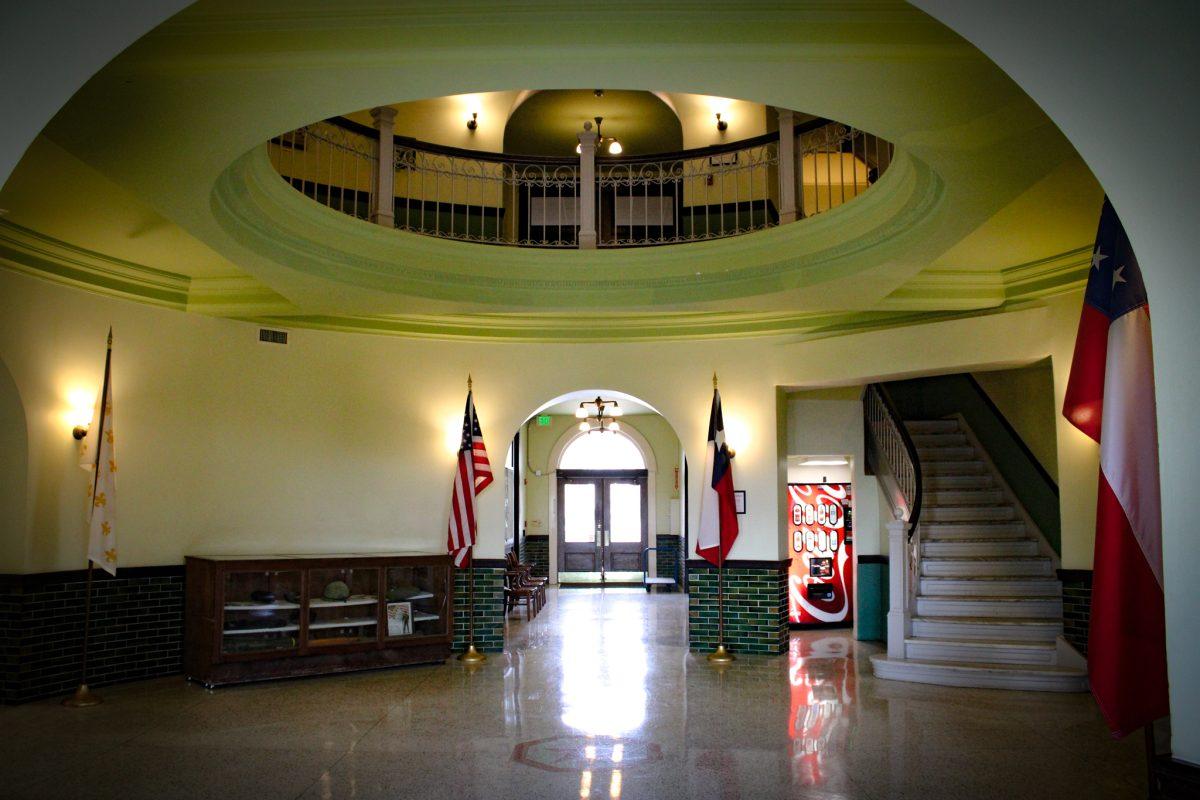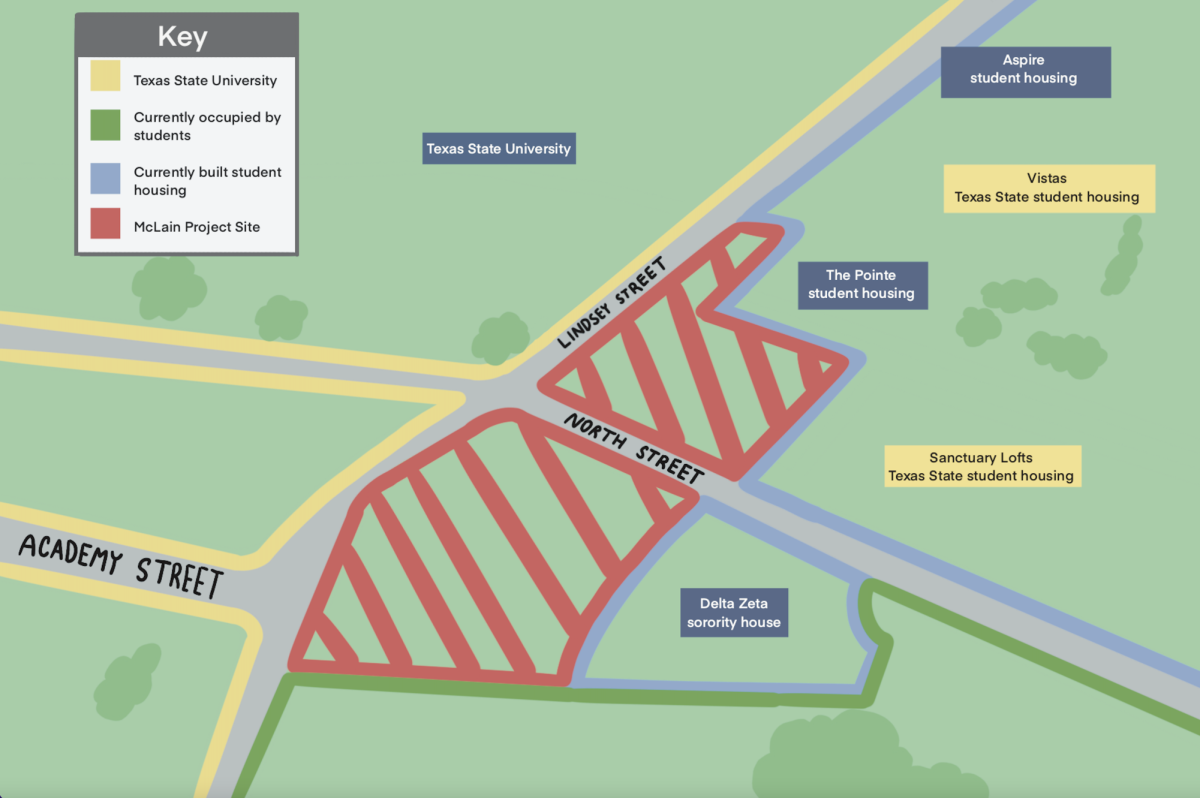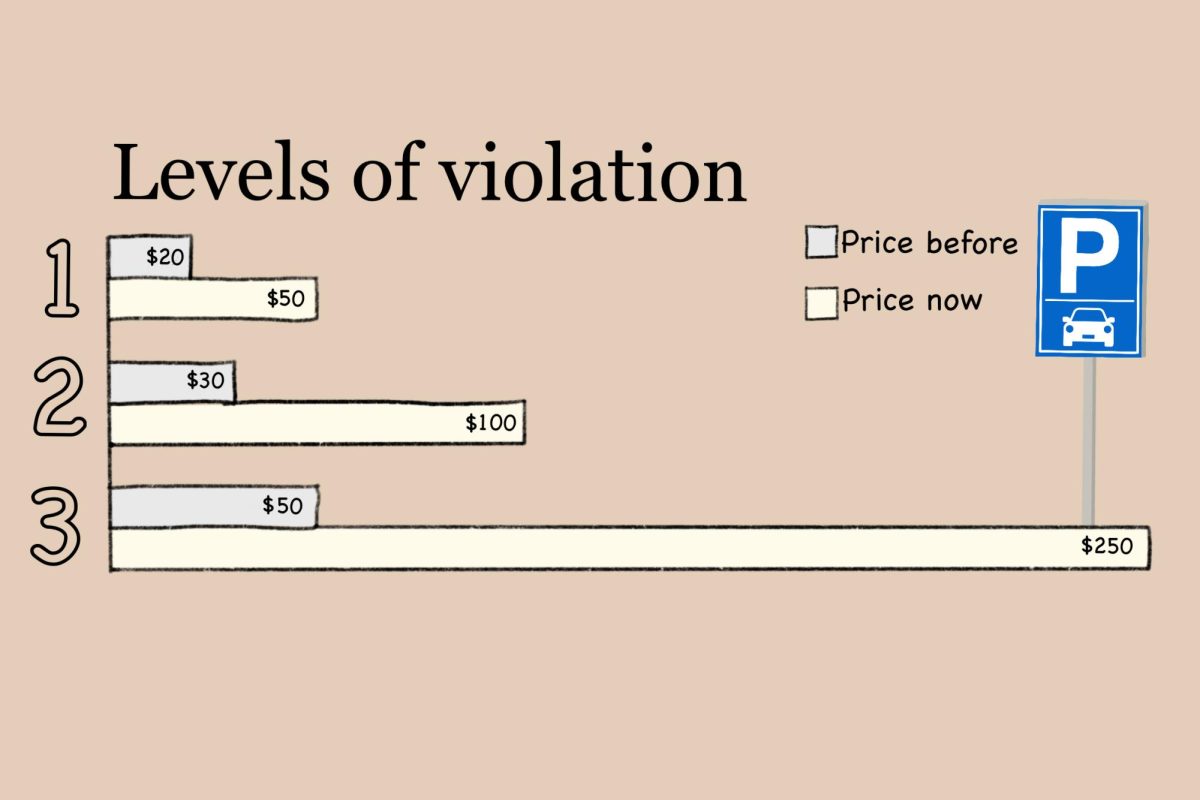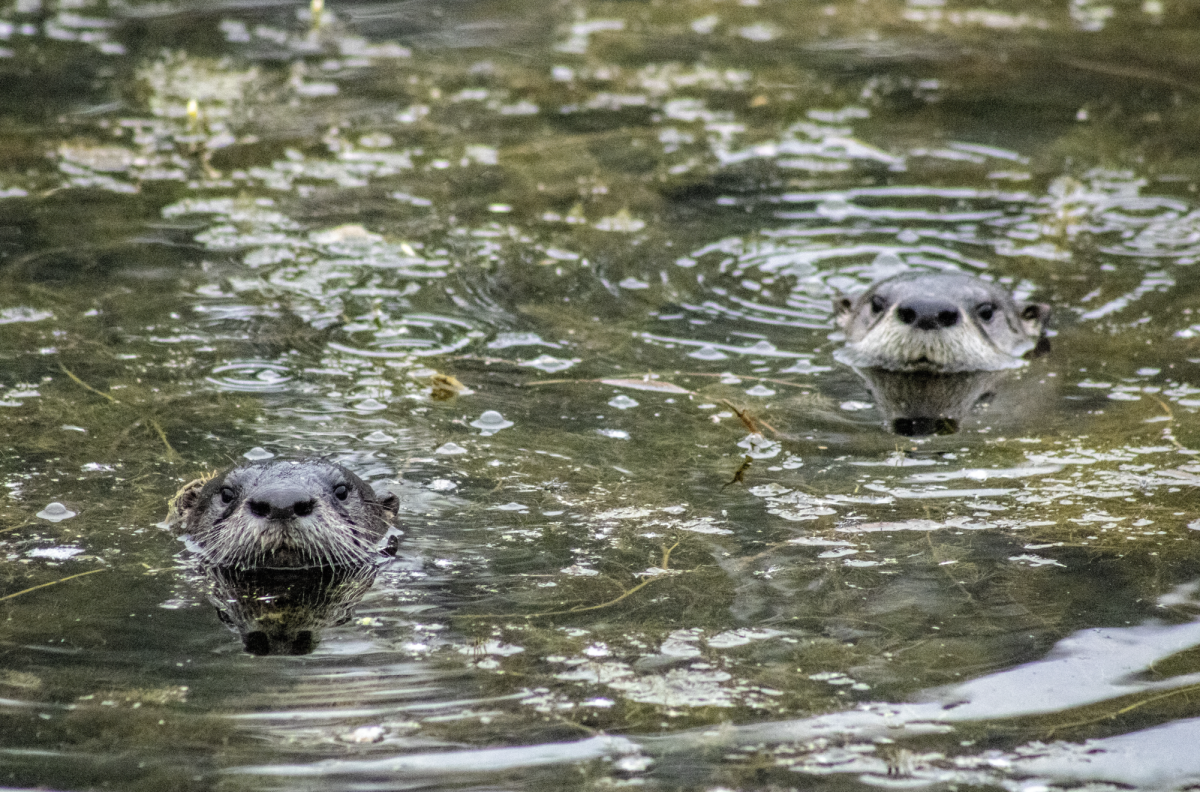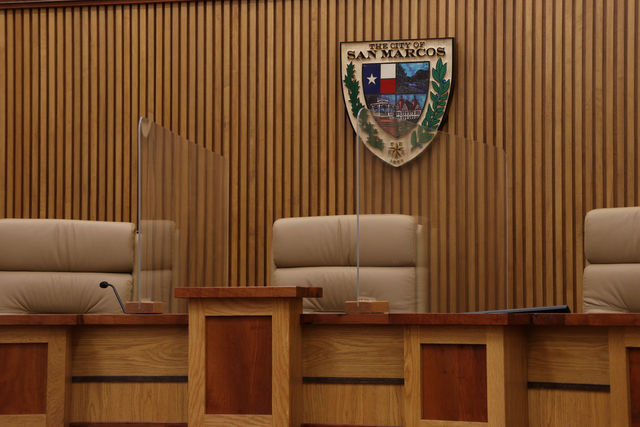The purchase of the 102-acre Elsik Tract at the end of September marks the last step in forming a contiguous loop of green space around San Marcos.
The greenbelt project began in 1998, with the formation of the San Marcos Greenbelt Alliance (SMGA). SMGA set a long term goal of a loop of preserved green space around San Marcos that could connect to parks along the San Marcos River. Since then, several San Marcos and Hays County organizations have joined the cause.
The Edwards Aquifer is approximately 180 miles long and provides drinking water for over two and a half million people in Central Texas. The Elsik Tract is within the recharge zone, which is the land above the aquifer that absorbs rain, runoff and more. The recharge zone can also prosper from making a connection between strips of natural habitats for plant and animal species that would otherwise be separated, known as a wildlife corridor.
Development with excessive paving on the recharge zone would prevent groundwater from soaking in, which is why Virginia Parker, executive director for the San Marcos River Foundation (SMRF), emphasizes the importance of protecting as much of the recharge zone as possible.
“That’s why SMRF, along with many partners, have been working to protect a loop around the city of San Marcos because we’re not only protecting the Edwards Aquifer, we’re creating a contiguous wildlife corridor and a future 18-mile trail loop around the city of San Marcos,” Parker said.
Garry Merritt, chief executive officer of Great Springs Project (GSP), said GSP values properties based on karst features, important species habitats and other traits that protect water flow and quality.
Karst features are visible sections of limestone, which is a softer and porous stone that can easily absorb and filter water into the aquifer.
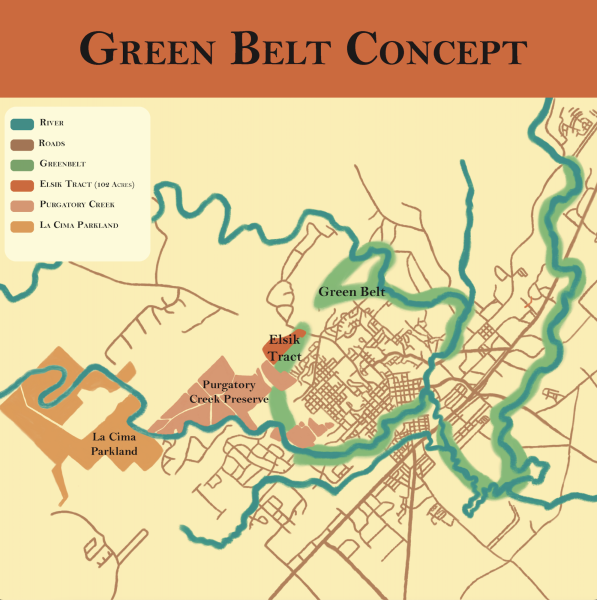
“There are karst features on the Elsik Tract where we can physically see openings,” Parker said. “They’re not large and every karst feature is different, but we do know that they’re there, which makes it really important to our springs and river.”
These openings as well as a partial tree canopy and wildlife corridor potential are why the Elsik Tract is considered a “high value conservation property” by the GSP, SMRF and more.
According to Parker, the process of attaining the Elsik Tract began over four years ago when the property appeared on the market, and four private land owners bought the property until the county and SMRF could take further action.
Merritt is also a real estate lawyer of about 30 years and assisted in the documentation side of the purchase.
“I helped the sellers enter into the contract with the county to purchase the property, then saw that transaction through to closing,” Merritt said. “I and other people in the GSP have been on the property to give some input about the conservation value of it as well as how the trail could be oriented on the property.”
The Elsik Tract sits between two city-owned properties: Ringtail Ridge and the River Recharge Natural Area (formerly Buie Tract). This connectivity is a factor in creating protected trails, wildlife corridors and spring and river protection.
“This purchase was a really good step for Hays County,” Parker said. “The continuity of the land that’s preserved is important, and this is creating a contiguous protected area.”
Kayla Hicks, a biology freshman, participated in the San Marcos River clean-up on Oct. 7, and said she plans on getting involved in more of these events because she didn’t experience a push for healthy environments in her hometown.
“I feel like the city is really wanting to see San Marcos flourish rather than decay,” Hicks said. “So, it’s great to see this progression of actually doing something that makes a change for the community and it’s valuable green space instead of ignoring it.”
Merritt and Parker both agree to move forward with protecting water quality and trail systems, staying educated and getting involved is crucial for community members.
“On top of being up to date on conservation opportunities, voting is really important to these projects,” Parker said. “Make sure you do vote, and who you’re voting for prioritizes our springs and river and understands the importance of natural resources because we have got to protect water in Texas, especially in times of drought.”
